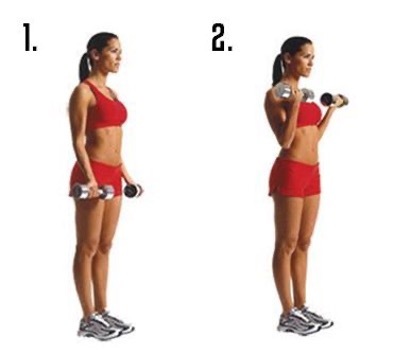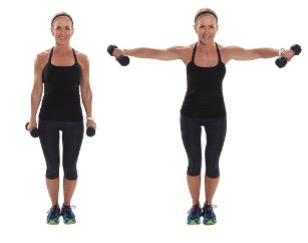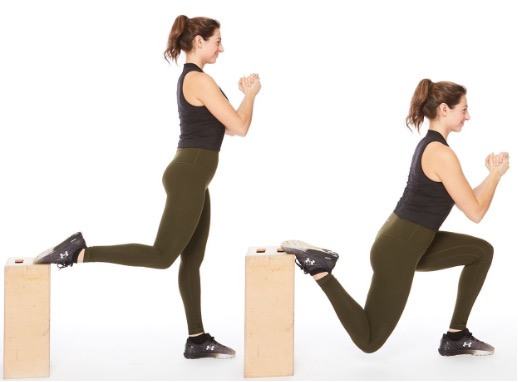Resistance exercises for anxiety
Resistance exercises for anxiety PDF
Psychologists have long established that exercise is beneficial for mental health, and over the past decade, research has also shown that it can be a valuable tool for addressing anxiety (1). High-intensity resistance training, specifically, has been shown to help improve sleep quality and anxiety (2). And yet, people who’ve experienced anxiety often avoid exercise entirely because of the physical stress response it can generate — a rapid pulse, heavy breathing, raised body temperature. For this reason, helping patients find the type of exercise that feels right for themis essential.
Yoga is often recommended to people with anxiety because of its focus on breathing and mindfulness, but it isn’t for everyone. Some people who find yoga too sedate find refuge in moderate-to-high intensity aerobic exercise such as running and cycling, which studies suggest can be helpful for people with anxiety. But others struggle with it, in part because they find exercising in public spaces such as parks to be triggering.
Cardio, moderate exercise, and weight training can all signal your brain to release endorphins. Endorphins help relieve pain, reduce stress and improve your sense of well-being. While running is the most studied in terms of endorphins, there are other workouts you can do to get that happy feeling, and when you do certain workouts for a certain amount of time you may even experience more long-lasting happiness because of the associated endorphin release.
The neurobiological mechanisms underlying exercise-induced affective responses are not known. The most commonly adopted theory on physical exercise induced euphoria is the ‘endorphin hypothesis’, which ascribes the positive mood changes following exercise to an increased release of β-endorphins (3)(4). The level of plasma β-endorphin is usually elevated during intense exercise (5).
Both cardio and strength training encourage your body to release endorphins, but some authors suggest that strength or weight training encourages your body to release more endorphins than cardio.
This pilot study hypothesis that loading the large muscles to failure can decrease anxiety. (Training to failure means lifting weights during a specific exercise until you literally cannot perform another rep)
References:
- https://pubmed.ncbi.nlm.nih.gov/19521110/
- https://www.sciencedirect.com/science/article/abs/pii/S1755296618301388
- https://pubmed.ncbi.nlm.nih.gov/3157040/
- https://pubmed.ncbi.nlm.nih.gov/8778396/
- https://pubmed.ncbi.nlm.nih.gov/9257407/
All exercises done in 3 sets with 10 seconds rest between sets with no more than 10 repetitions to muscle failure
All workout is about 20-25 minutes long
For male:
10 reps – 10 seconds rest – 7 reps – 10 seconds rest – 5 reps
For female:
10 reps – 1-3 minutes rest – 10 reps – 1-3 minutes rest – 10 reps
Biceps curl

Lateral side rise

Bench press

Lats

Squats
